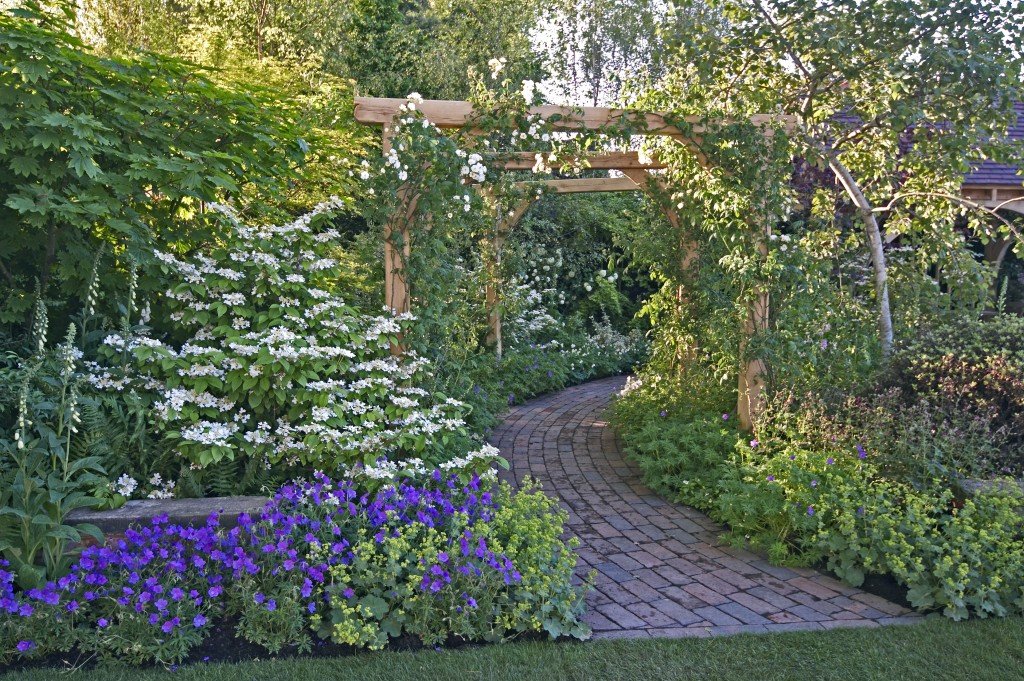Since a good majority of regions in the United States will have around four seasons, especially those located in the northern parts of the country, flooding tends to become more prevalent. However, flooding can happen in hurricane season, especially after or while storm warnings are in effect. For states that experience temperate weather, spring is usually the time when it rains the most.
We’re sure that for many homeowners, they have been putting a lot of love, tenderness, and care for their garden. However, all of your efforts on ensuring that your garden and your home’s exteriors will look aesthetically-pleasing might not be for naught if it starts flooding. So what’s the right way of preventing and controlling the damage that might happen to your garden?
Flood Prevention
It might seem like flooding can’t be avoided, but there are many ways of preventing flooding. Most of the time, you wouldn’t even need to worry about water getting knee-deep since storm drains are in place to ensure that most areas are dry.
But in specific scenarios where you’re living in a rural area without the necessary infrastructure needed to protect your home, you might need to do some much-needed modifications. Here are some excellent ways of ensuring that your garden or yard is dry.
Quality Craftsmanship
Homeowners with sizable backyards and gardens will usually set up their own gazebos, pergolas, and patios. However, when it’s flooding, the foundation of most of these structures are put to the test as the support structures are subjected to water damage and erosion. It’s paramount to commission the services of a contractor that knows how to set up these external structures with flooding in mind. Quality craftsmanship not only focuses on the aesthetics of a particular project but should also ensure that it’s durable and long-lasting enough for decades to come.
Most contractors would suggest free anchoring as a way so that most furniture and equipment won’t float off.
Sometimes, flooding can often have impacts on several public places. Headstones are placed in cemeteries, which are occasionally prone to flooding. In some cases, torrential rainfall and flooding can dislodge some headstones and caskets in some extreme cases. Unless the grass used for landscaping can keep the ground together, quality craftsmanship can also help ensure that these headstones stay in place. Some marker headstone services use long-lasting and durable headstones that can withstand almost any weather conditions.

Incorporate Plants that Prevent Flooding
This idea is a natural and guaranteed way of ensuring that flooding is kept at a minimum in your area. It’s essential to use indigenous plants in your area since they are already used to the soil content and quality. Since the plant roots are familiar with the soil, they can retain the soil’s integrity and prevent erosion.
The central premise of using plants is reducing run-off in your area. Most of the time, the damage is caused when flooding gets into nook and crannies of your home’s foundations. For most agriculturists, soil erosion can lead to the loss of valuable nutrients, which can also affect production.
The correlation between incorporating plants and trees and flooding is relatively complex, but it is still a tried and tested method of flood prevention. Since ancient times, this has been used to
Add a Drainage System
Another way of ensuring that water does not build up on your backyard or garden is by providing that water is effectively drained towards the right sewage areas.
Incorporating the use of gutter and downspout systems will ensure that water is correctly disposed of in the right areas. Without a proper functioning gutter, water running off from the roof might erode the surrounding soil and foundation of your home. On top of that, your sidings might leak, resulting in the growth of molds and mildews.
Some cities will usually have storm drains and are permitted to discharge stormwater run-off.
Slope Your Garden
Finally, elevating and placing a slope on your garden will ensure that it stays dry. Naturally, flooding will usually flow downwards towards the lowest level possible. Therefore, sloping your garden will ensure that water will seamlessly slide down the yard while mitigating any type of hazard posed by flooding.
There are even more ingenious ways of ensuring that your yard is dry, and any further damages are averted. If you don’t necessarily have the expertise needed in flood prevention, you can always ask a certified professional to help you with your garden. Whether it’s planting more flora, landscaping your backyard, or anchoring your equipment, it never hurts to ask first.

